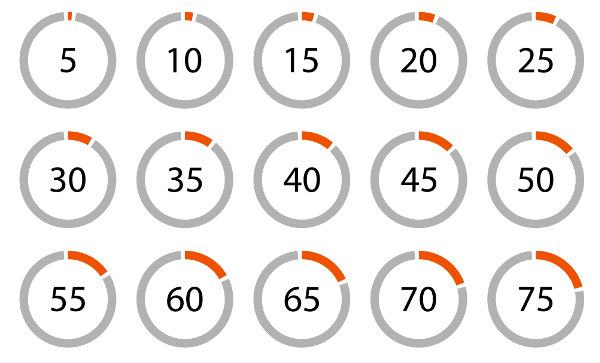Gauss (1777 – 1855) was considered one of the greatest geniuses in Mathematics and was the one who definitively contributed to the introduction of calculations on progressions.
Progressions represent an important tool, because their applicability is found in financial mathematics situations. Simple interest can be related to arithmetic progressions and compound interest is linked to geometric progressions.
Studies related to progressions are based on finite or infinite logical sequences and can be found in exponential functions and Geometry.
Progressions are numerical sequences worked with their respective properties.
The terms of a sequence are expressed by a formation law, that is, we can obtain any term in the sequence from an expression, which relates the term to its position, forming an expression that gives rise to the general term of a sequence.
Thus, we can generate an expression in which the position of the general term will be equivalent to the function of the number of terms in the sequence.
The arithmetic progression is a sequence determined in such a way that, starting from the second term, a constant k is added to the predecessor term. This constant is called the arithmetic progression ratio, and with it we find the term successor. Example: Natural numbers (1, 2, 3, 4, 5, 6,n, …), where the ratio is equal to 1.
The geometric progression is a sequence determined in such a way that, starting from the second term, the previous one is multiplied by a constant k, which is the ratio of the geometric progression. In it, it is also possible to find the successor term of the progression. Example: Sequences (5, 15, 45, 135, n, …), where the ratio is equal to 3 and the 1st term is equal to 5.

